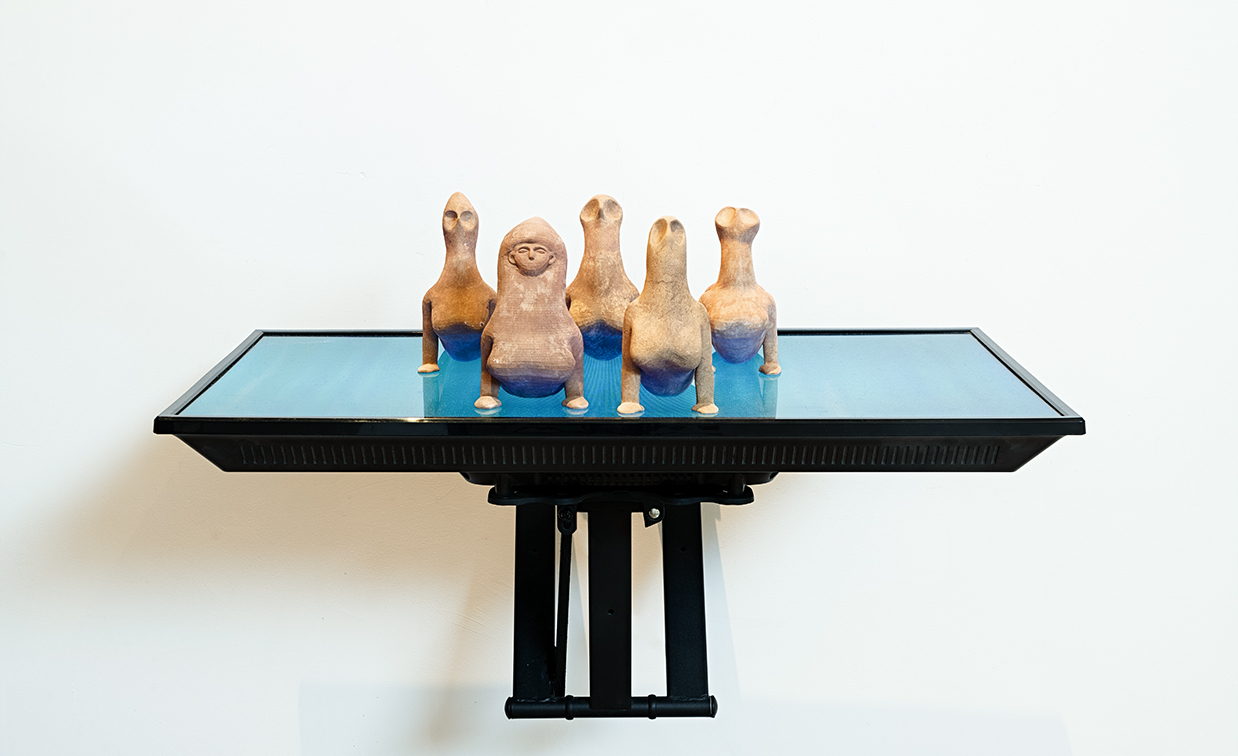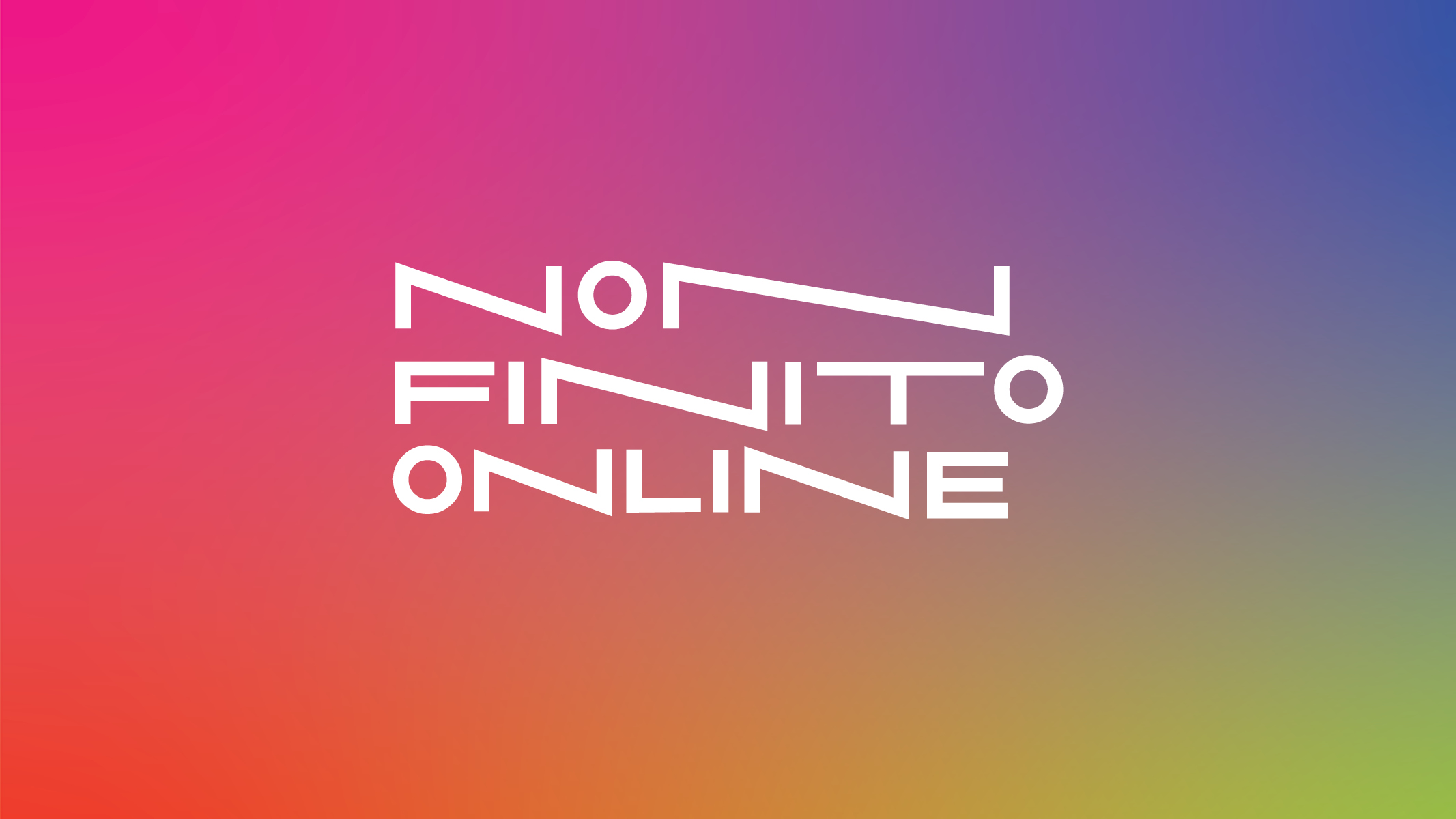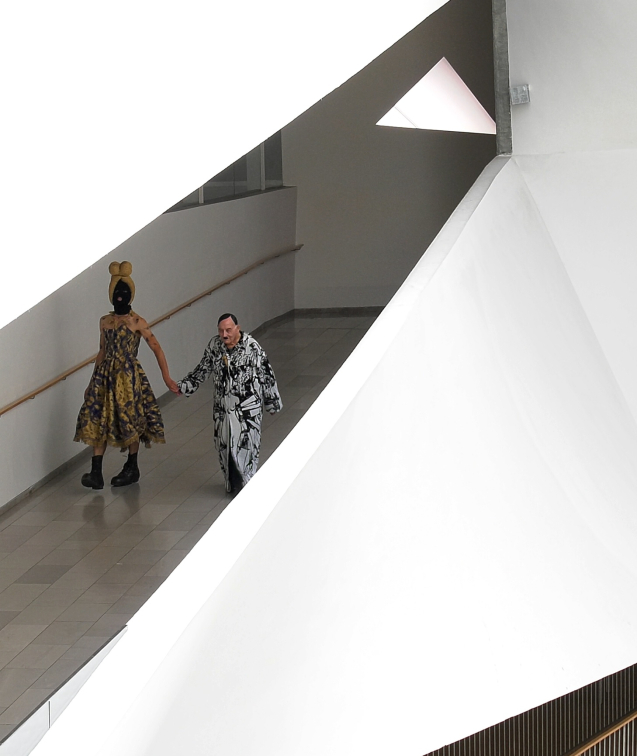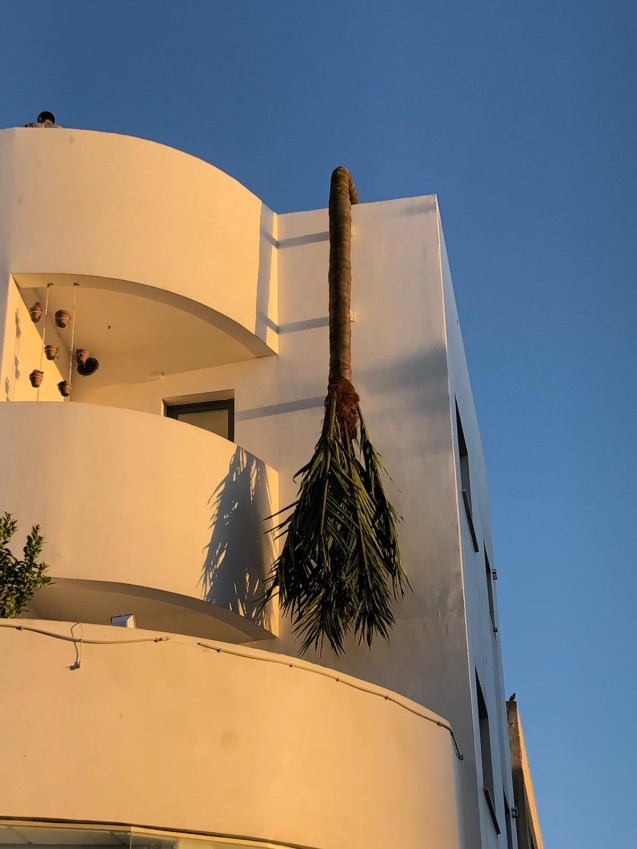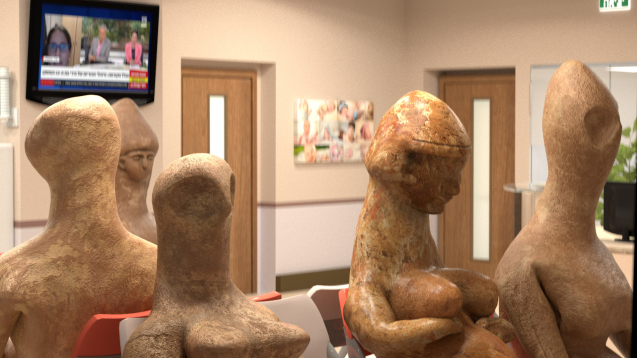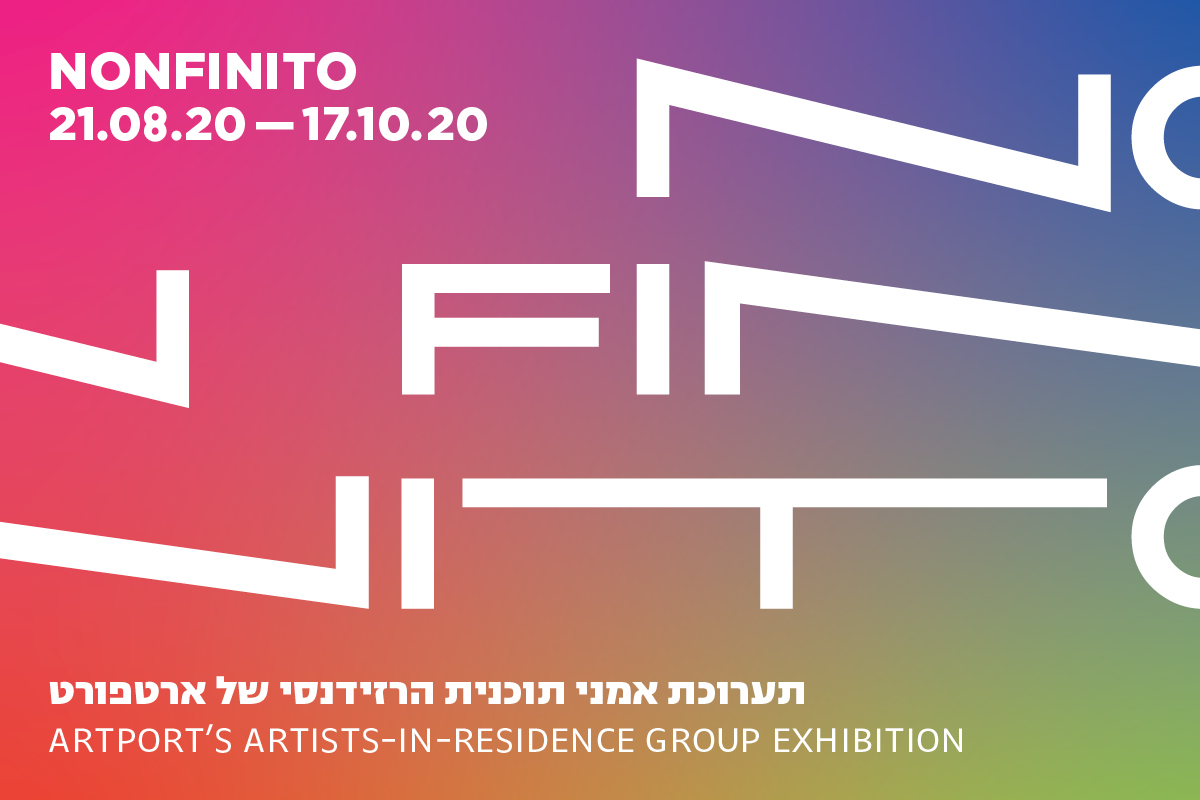The summer of 2019 began with great excitement. After a long search, the new Artport building was opened and the studios were filled with the residency program artists. The safe room was converted into a print workshop, the conference table—into a ping-pong table, and the walls were covered with artworks. Shortly after the annual residency program began, the new participants displayed their work in the group exhibition “Ax Bear Crow.”
Twelve months and a lifetime later, they are once again exhibiting, side by side, works created on site. During this tumultuous year, Artport Gallery, like the rest of the world, closed for several months, but the residency program continued operation. The pandemic that knocked on our door brought Artport’s essence into sharper focus—a place providing artists with space and quiet time to think and create, a space for ideas to flourish, for dreams to become reality.
“Nonfinito” by its very essence is not a graduation show or a concluding exhibition. It presents new works by the program’s artists created in recent months, which reflect the themes that preoccupied them in the past year. It is still too early to understand how the epidemic has affected art, and it is impossible to tell where it will lead us in the future, but it is also impossible to ignore the oppressiveness that accompanies us these days and its implications on the ways in which we create and experience art. The speed with which our eye has become accustomed to the turquoise patches that adorn the faces on the street, the thermometers pointed at us like guns, and the hand sanitizer bottles standing by every counter, makes us doubt the sensitivity and adaptability of that eye. What else does it see? What does it no longer see? And what happens to that agitated eye when it resumes observing works of art?
Yael Frank exhibits a work outside the Artport building that can only be seen from the surrounding streets. A queen palm tree that has lost its will to stand upright, falls from the rooftop, ostensibly collapsing under the burden of the fantasy and meaning we have pinned on it; it collapses but remains hanging upside down on the building walls.
Merav Kamel and Khalil Balabin exhibit a new body of work, spanning wooden sculptures of surrealistic figures, which oscillate between a religious ritual, the onset of a revolution, and an ordinary art class intertwined. These are presented as part of a monumental painting installation, consisting of dozens of works that connect and mesh into one endless scene, challenging the viewer and his/her point of view.
Gil Yefman returns to the liberation of the Buchenwald concentration camp, at the moment when the residents of nearby Weimar were summoned to see what atrocities took place in the camp. He juxtaposes felt tattoos, which reconstruct the tattoos removed from prisoners’ bodies and kept in formaldehyde...
Read more 
